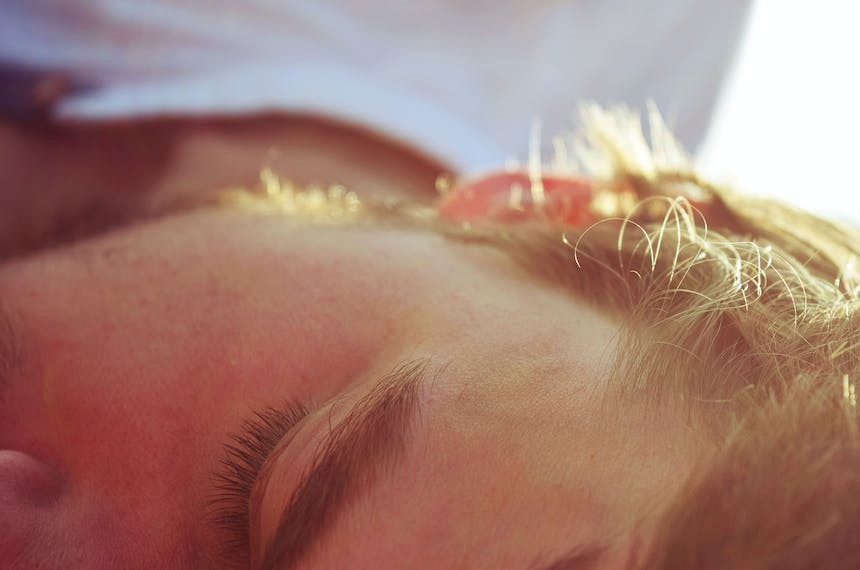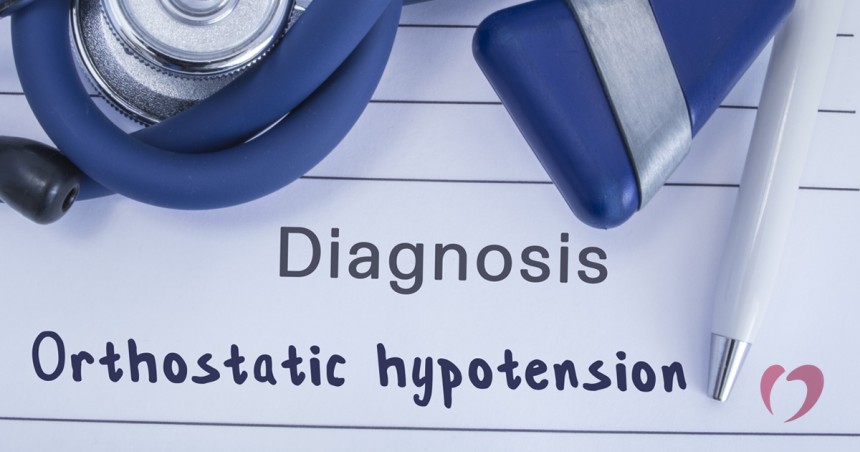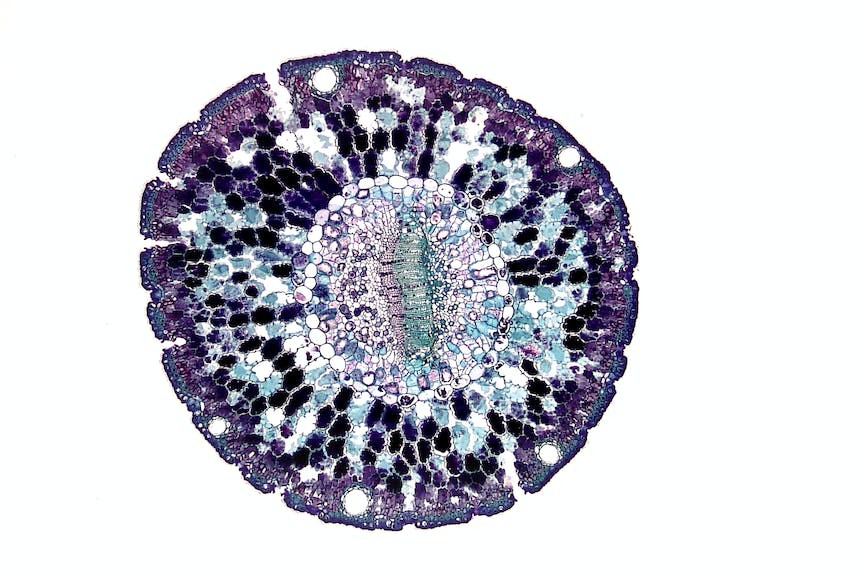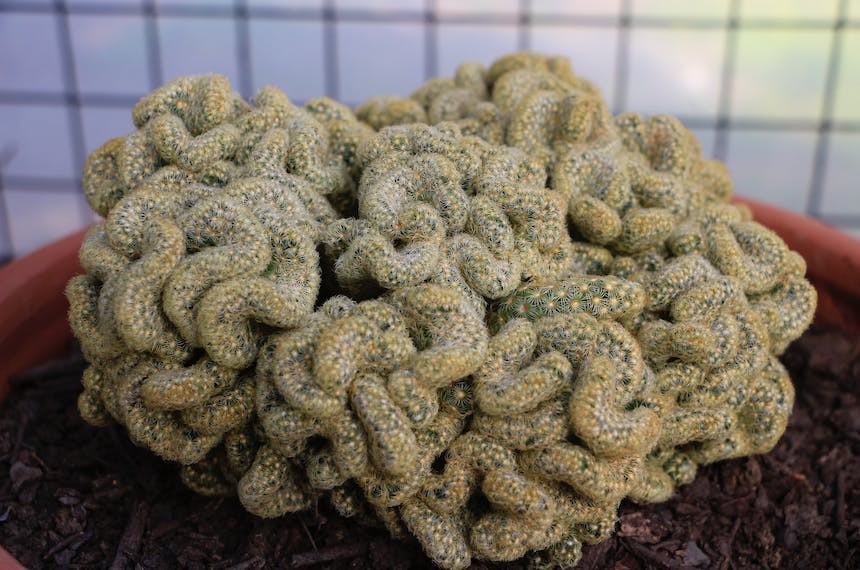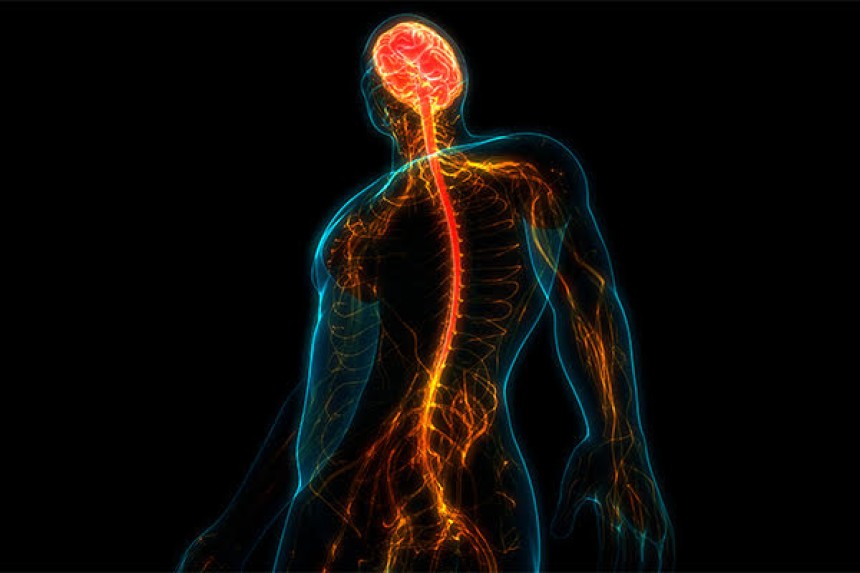
Polyneuropathy
The article discusses various types of immune-related neuropathies. It begins with an overview of polyneuropathy, dividing it into acute (Guillain-Barré syndrome) and chronic forms (like chronic inflammatory demyelinating polyneuropathy). It then details specific neuropathies such as multifocal motor neuropathy, monoclonal gammopathy, POEMS syndrome, and others like Waldenström macroglobulinemia and mixed cryoglobulinemia syndrome. Each type is described in terms of symptoms, diagnosis, and treatment, highlighting their unique characteristics and management strategies.
Polyneuropathy, the dysfunction of many or all peripheral nerves, can be immune-mediated. Guillain-Barré syndrome (GBS) is the acute form, while chronic inflammatory demyelinating polyneuropathy (CIDP) and other immune-related neuropathies represent the chronic forms.
1. CIDP Variants
These include multifocal acquired demyelinating sensory and motor neuropathy (Lewis-Sumner syndrome), distal acquired demyelinating symmetric neuropathy (DADS), and others.
2. Multifocal Motor Neuropathy (MMN)
Multifocal motor neuropathy (MMN) is a rare neuropathy characterised by progressive asymmetrical weakness and atrophy without sensory abnormalities. MMN is considered an immune- mediated disorder on the basis of its responsiveness to treatment with intravenous immunoglobulin (IVIG) and is associated with anti-GM1 antibodies. (3)
3- Monoclonal gammopathy of undetermined significance (MGUS)
Monoclonal gammopathy of undetermined significance (MGUS) is an asymptomatic, premalignant clonal plasma cell or lymphoplasmacytic proliferative disorder. It is defined by the presence of a serum monoclonal protein (M-protein) at a concentration <3 g/dL, a bone marrow with <10% monoclonal plasma cells, and the absence of end organ damage (lytic bone lesions, anemia, hypercalcemia, renal insufficiency, hyperviscosity). MGUS progresses to more advanced disease (myeloma) at a rate of 1% per year. MGUS can be associated with peripheral neuropathy, but it is often not clear whether the neuropathy is etiologically related to the gammopathy or merely represents a coincidental association. MGUS does not require specific treatment. (4)
4-POEMS syndrome
The presence of polyneuropathy and MGUS associated with osteosclerotic myeloma, Castleman disease, or elevated serum or plasma VEGF must raise the suspicion for the POEMS (polyneuropathy, organomegaly, endocrinopathy, M-protein, and skin changes) syndrome. Peripheral neuropathy usually begins in the feet and consist of tingling, paresthesias, and feelings of coldness. Motor involvement follows the sensory symptoms. The disease is progressive and patients may be confined to a wheelchair. There is no standard treatment for POEMS syndrome. Therapy is based upon whether the patient has limited or widespread sclerotic bone lesions, with radiation therapy employed for those with limited disease and chemotherapy similar to that of multiple myeloma for those with widespread bone lesions. Hematopoietic cell transplantation is an option for patients with rapidly progressive neuropathy and for younger patients with widespread osteosclerotic lesions. (5)
5-Neuropathy with IgM gammopathy
Neuropathy with IgM gammopathy is another cause of autoimmune neuropathy. Most patients have a demyelinating neuropathy and an IgM paraprotein. Neuropathy is usually distal and sensory-predominant phenotype. They do not respond to the primary therapies for CIDP, including immunoglobulin, plasma exchange and/ or corticosteroid. (6)
6- Waldenström macroglobulinemia
Waldenström macroglobulinemia is a form of IgM monoclonal lymphoplasmacytic tumor which is slowly growing and usually does not warrant treatment unless there are complicating factors, such as neuropathy. The quantity of monoclonal protein may be very high, leading to hyperviscosity syndrome. The neuropathy is often demyelinating, with distal sensory involvement more common than motor involvement, but may be purely motor. In patients with severe neuropathy, plasma exchange, IVIG and treatment of the primary disease with rituximab- based regimens may produce short term relief and/or slow the progression of symptoms. (7)
7-Mixed cryoglobulinemia syndrome
Mixed cryoglobulinemia syndrome is a systemic disease caused by deposition of antigen- antibody complexes in small- and medium- sized arteries. Cryoglobulins usually deposit in cold. The major clinical manifestations include palpable purpura, renal disease, arthralgias, lymphadenopathy, hepatosplenomegaly, peripheral neuropathy and hypocomplementemia. Cryoglobulin deposition can cause different types of neuropathy, including a painful, primarily sensory polyneuropathy, a sensorimotor axonal polyneuropathy, or mononeuropathy multiplex. Immunosuppression is initial therapy for those with a rapidly progressive, organ-threatening, or life-threatening course, regardless of the etiology of the mixed cryoglobulinemia, and usually combines a short course of glucocorticoids with either rituximab or cyclophosphamide and in some patients, plasmapheresis may be beneficial. Treatment of the cause (such as, hepatitis C) is also important. (8)
8-Gait ataxia with late onset polyneuropathy (GALOP) syndrome
Gait ataxia with late onset polyneuropathy (GALOP) syndrome is associated with a monoclonal elevation of an IgM kappa protein. Patients have a predominantly sensory peripheral neuropathy with ataxia, which responds to IVIG. (9) .
9-CANOMAD syndrome
CANOMAD syndrome (chronic ataxic neuropathy, ophthalmoplegia, IgM paraprotein, cold agglutinins, and disialosyl antibodies) is a sensory ataxia with areflexia and an abnormal gait. It causes distal limb and perioral paresthesia as a typical feature. Motor weakness often affects oculomotor and bulbar muscles as a relapsing-remitting or fixed manifestation, causing ophthalmoplegia and difficulty swallowing or speaking. Patients may respond to weekly IVIG or rituximab. (10)
10-Primary amyloidosis
Primary amyloidosis (AL amyloidosis) is a clonal plasma cell proliferative disorder in which fibrils of monoclonal light chains are deposited in the kidney and other tissues. The clinical presentation in AL amyloidosis include fatigue and unintentional weight loss, nephrotic syndrome, restrictive cardiomyopathy, peripheral neuropathy, and hepatomegaly with elevated liver enzymes. Sensorimotor axonal polyneuropathy neuropathy, autonomic neuropathy, and median neuropathy at the carpal tunnel are the most common types of neuropathy associated with AL amyloidosis. (11)
11-Other paraneoplastic neuropathies are a heterogeneous group of disorders associated with systemic cancer
Other paraneoplastic neuropathies are a heterogeneous group of disorders associated with systemic cancer (small cell lung cancer, thymoma), metabolic and nutritional deficits, infections, coagulopathy, or side effects of cancer therapy. The classic syndrome of paraneoplastic neuropathy is the sensory neuronopathy, which involves degeneration of the sensory fiber from the level of the cell body in the dorsal root ganglion. Paraneoplastic demyelinating polyneuropathy is rare but has been described in patients with anti-Hu and anti-CRMP5/CV2 antibodies. (12)
12- Immune related neuropathies
Immune related neuropathies are also associated with many systemic autoimmune diseases and are characterised by the production of abnormal antibodies including systemic vasculitides, such as, polyarteritis nodosa, Churg-Strauss disease, Rheumatoid arthritis, Sjögren syndrome, and/ or systemic lupus erythromatosus (SLE). These syndromes most often present with axonal neuropathies, typically mononeuropathy multiplex, and distal symmetric sensorimotor polyneuropathy. Treatment is directed to the cause. (13)
References
1- McGrogan, A., Madle, G. C., Seaman, H. E. & de Vries, C. S. The epidemiology of Guillain-Barré syndrome worldwide — a systematic literature review. Neuroepidemiology, 2009; 32, 150–163.
2- Blum, S. & McCombe, P. A. Genetics of Guillain-Barré syndrome (GBS) and chronic inflammatory demyelinating polyradiculoneuropathy (CIDP): current knowledge and future directions. J. Peripher. Nerv. Syst. 2014, 19, 88–103.
3-So YT. Immune-mediated neuropathies. Continuum (Minneap Minn) 2012; 18:85.
4- Nobile-Orazio, E., Bianco, M. & Nozza, A. Advances in the treatment of paraproteinemic neuropathy. Curr. Treat Options Neurol. 2007: 19, 43.
5-Vital A, Vital C, Julien J, et al. Polyneuropathy associated with IgM monoclonal gammopathy. Immunological and pathological study in 31 patients. Acta Neuropathol 1989; 79:160.
6-Svahn J, Petiot P, Antoine JC, et al. Anti-MAG antibodies in 202 patients: clinicopathological and therapeutic features. J Neurol Neurosurg Psychiatry 2018; 89:499.
7-Vital, C. et al. Myelin modifications in 8 cases of peripheral neuropathy with Waldenstrom’s macroglobulinemia and anti-MAG activity. Ultrastruct. Pathol. 1997; 21, 509–516.
8-Uncini, A. & Kuwabara, S. Nodopathies of the peripheral nerve: an emerging concept. J. Neurol. Neurosurg. Psychiatry 2015; 86, 1186–1195.
9-Finsterer J. Treatment of immune-mediated, dysimmune neuropathies.
Acta Neurol Scand 2005; 112:115.
10-Delmont E, Jeandel PY, Hubert AM, et al. Successful treatment with rituximab of one patient with CANOMAD neuropathy. J Neurol 2010; 257:655.
11-Shin SC, Robinson-Papp J. Amyloid neuropathies. Mt Sinai J Med 2012;
79:733.
12-Meuth, S. G. & Kleinschnitz, C. Multifocal motor neuropathy: update on clinical characteristics, pathophysiological concepts and therapeutic options. Eur. Neurol. 2010, 63, 193–204.
13-Joint Task Force of the EFNS and the PNS. European Federation of Neurological Societies/Peripheral Nerve Society guideline on management of multifocal motor neuropathy. Report of a joint task force of the European Federation of Neurological Societies and the Peripheral Nerve Society — first revision. J. Peripher. Nerv. Syst. 2010, 15, 295–301.


